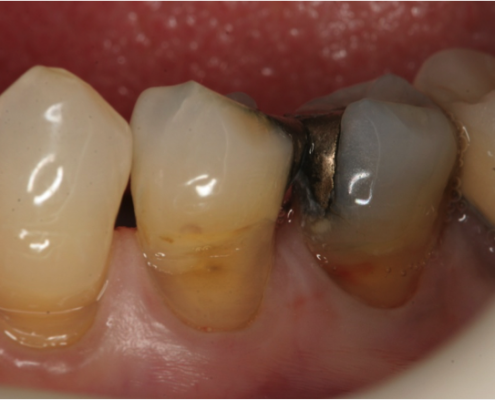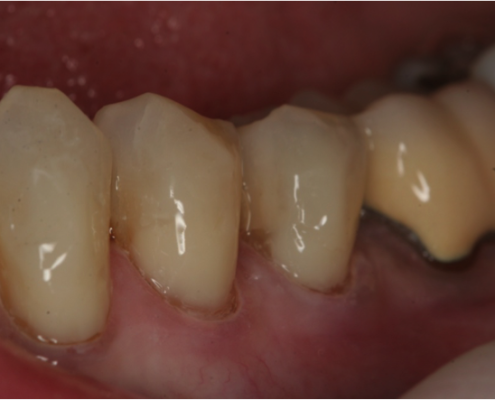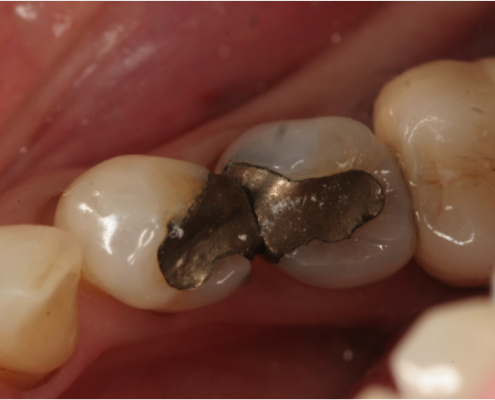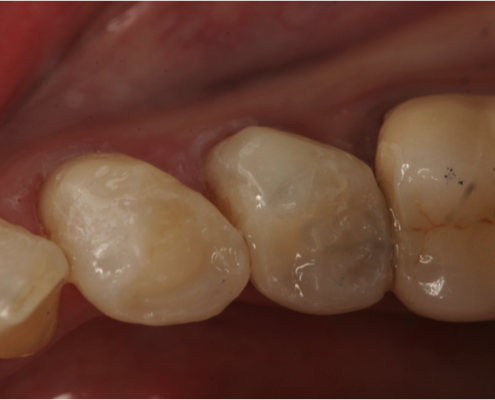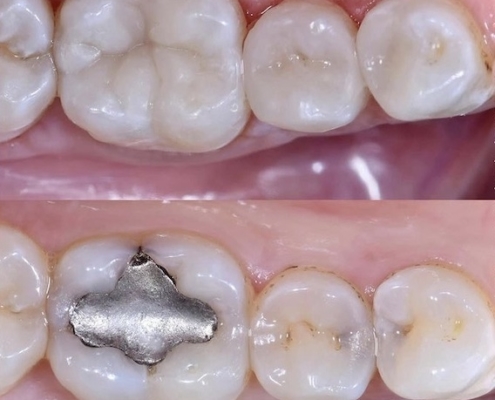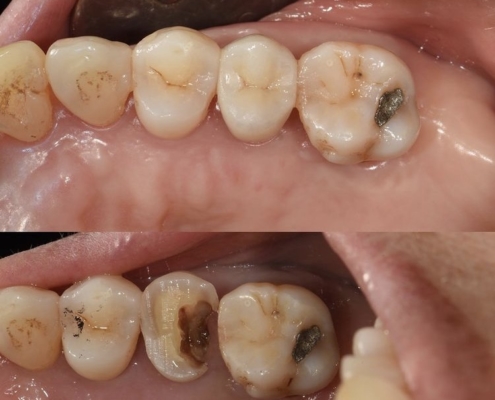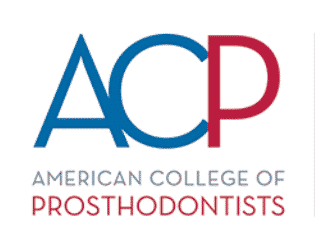What happens to a tooth when it gets a cavity and why?
Need your dental check for cavities filling in Richmond VA? Every person has a variety of naturally occurring microorganisms that inhabit their mouth. If left unchecked by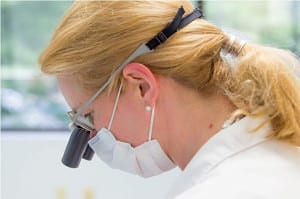 regular intervals of dental hygiene certain types of bacteria can proliferate and initiate tooth decay and gum inflammation. These bacteria can quickly metabolize simple sugars that remain in the mouth following the consumption of sweetened beverages and food. Optimum temperature and an abundant food supply contribute to a perfect environment that can induce an exponential increase in bacterial populations.
regular intervals of dental hygiene certain types of bacteria can proliferate and initiate tooth decay and gum inflammation. These bacteria can quickly metabolize simple sugars that remain in the mouth following the consumption of sweetened beverages and food. Optimum temperature and an abundant food supply contribute to a perfect environment that can induce an exponential increase in bacterial populations.
Want to know how cavities occur?
As the bacteria consume sugar they produce acidic exudates that drop pH and degrade the enamel (hard outer layer of teeth). Salivary glands in the mouth continually secrete pH-neutral saliva. This mitigates the negative effects of the bacteria.
Learn about plaque & bacteria
However over time, if undisturbed, the bacteria form a thick white film on the tooth, which is called plaque. Bacterial colonies live in plaque and slowly demineralize and break down tooth enamel. This demineralization of enamel is the first sign of tooth decay. It becomes first noticeable as small white spots in the affected areas. Some bacteria thrive in oxygen-poor deeper layers of the tooth (dentin) or in pockets between tooth and gum and produce an unpleasant odor.
 These bacteria are protected from the diluting effects of liquids and saliva. Their exudates can be quite aggressive quickly eroding enamel and dentin. A cavity typically looks like a dark spot on the tooth and is surrounded by a discolored often brownish area. Once the acid succeeds in eroding the outer layer of enamel, the inner softer layer of dentin is degraded ultimately causing the formation of a larger cavity. At this point, the decay spreads rapidly deeper into the tooth.
These bacteria are protected from the diluting effects of liquids and saliva. Their exudates can be quite aggressive quickly eroding enamel and dentin. A cavity typically looks like a dark spot on the tooth and is surrounded by a discolored often brownish area. Once the acid succeeds in eroding the outer layer of enamel, the inner softer layer of dentin is degraded ultimately causing the formation of a larger cavity. At this point, the decay spreads rapidly deeper into the tooth.
Prevention, before you need fillings, may save you a lot of pain and suffering
To prevent the progress of decay deeper into the tooth, affected tooth material must be removed and the tooth will need to be filled. It is essential to prevent the further progress of decay into the nerve canal area as this can lead to more serious problems such as infection or abscess.
Dental fillings replace or repair
Sometimes a filling may also be needed to replace or repair an old worn down existing filling or simply to fix a chipped tooth.
It is important for your overall health to get a tooth repaired as soon as you can, as discomfort, pain and eventual tooth loss can result. A rapid restoration is often more cost-effective than waiting and encountering the costs associated with more invasive restorative procedures.
Best types of dental fillings
Composite fillings: tooth-color fillings or bonded fillings
Composite fillings are the most popular filling material because they can be made to match your existing tooth shade and are solidly bonded or glued to the tooth. Composite fillings consist of tiny plastic and glass particles.
What you can expect during a tooth filling process:
Once an area of tooth decay has been removed a cleansing gel is applied. This is followed by the application of a bonding solution. The next step involves the use of composite filling material. Once in place, a few seconds of exposure to a high-intensity blue light hardens the composite. Finally, the filling is checked to ensure the proper shape and natural look, it is polished and the job is complete.
Does filling a cavity hurt?
Following the filling procedure, it is uncommon to experience discomfort. However, sometimes the site of the anesthetic injection or the tooth itself might be a bit sore. To alleviate any discomfort one can take over-the-counter pain medication such as Advil (Ibuprofen), but the discomfort should not persist.
In some cases, the decay could be quite deep and close to the nerve of the tooth. In these instances, the nerve may have already been infected with bacteria. Even though a filling has been placed, there is still a possibility that the tooth may require a root canal procedure to relieve the discomfort.

